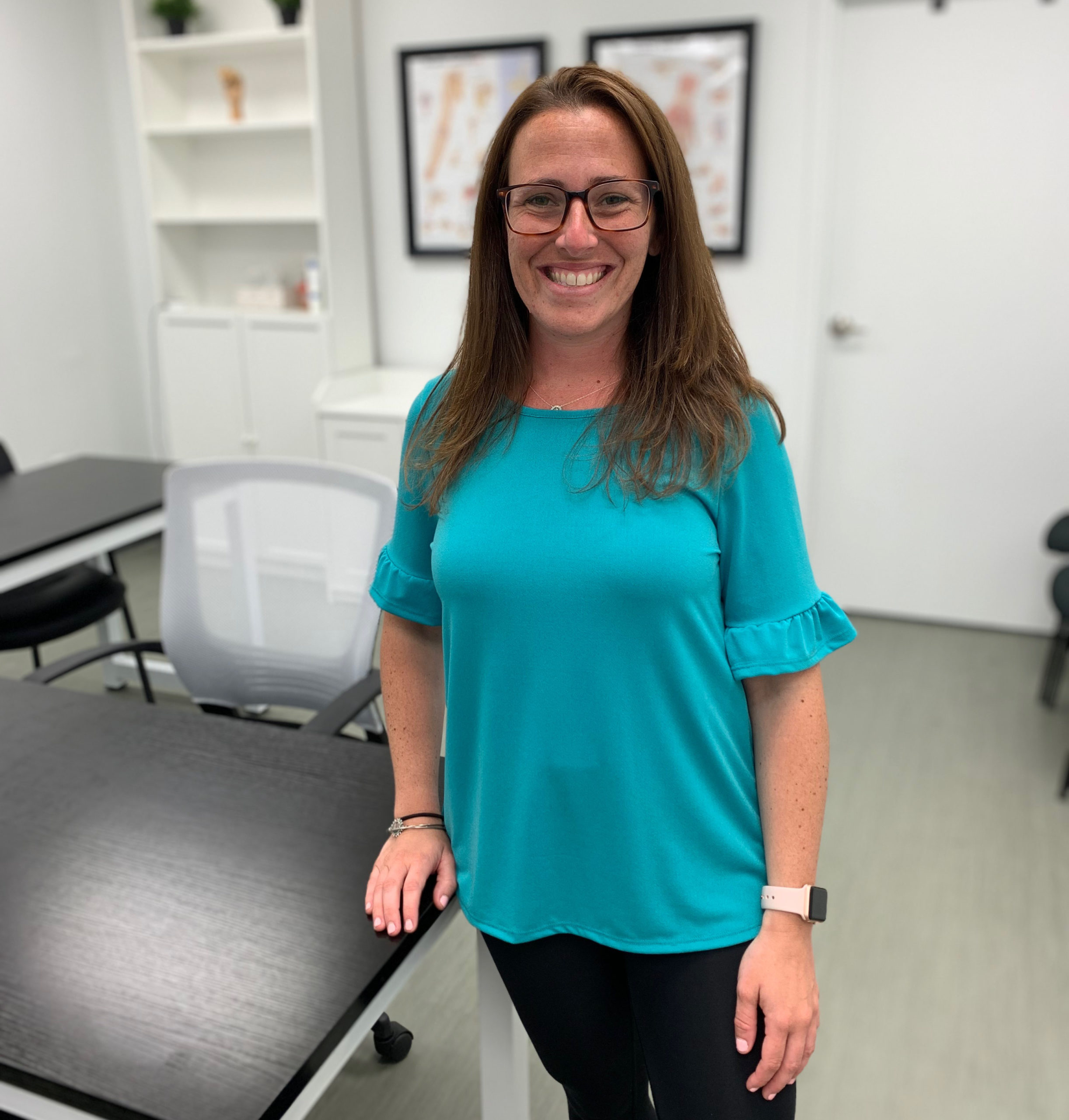
Movement is at the heart of the human journey, and through it, we interact with the environment in ways different from other mammals. The sequence of movement through life is known as the developmental sequence or traditional motor development. It begins in the womb and proceeds in a highly predictable manner in infants and young children and is known as the traditional motor development. Humans continue to move functionally throughout a lifetime until the effects of aging alter the normalcy of movement.
Here are five ways of accessing movements to build functional outcomes in children
Children with special needs may need to work in prone and against gravity. Many special-needs children can't complete movements because of physical/ sensory difficulties. They are unable to spend time crawling or walking. They either skipped crawling or climbed the stages quickly. Some of these kids will fall out of their chairs when at work at their desks. Could also be a lack of gross motor coordination for advanced movements like climbing and swinging without assistance. Other indicators include moving their body as a 'unit' and not in a segmented way. Some tips to help include working on crawling and obstacle courses in prone.
How do the planes of movement influence our ability to crossbody midline and make decisions? Aligning your hips, rotating at your waist every time you assess a student. Every time you ask a student to do something, they should do it the same way and look for their ability to move the top of their body apart from the bottom.
Take the time to help your children reach midline crossing on their demands for tomorrow. When children struggle with midline crossing, they are often more likely to eat out of habit. Since we treat the 'whole child, we must understand the impact of diminished ability to move in all planes in every area. A child's functional outcome depends on it!
Child tracking throughout the visual fields with both eyes is an excellent way to help children see easily. If you ever note nystagmus (recurrent, uncontrolled movements), a referral to a physician is always needed. Often children will complain of headaches, fidget, and fuss, have watery eyes and struggle when reading if their eyes are not working perfectly together. It's an excellent way to help children see easily.
Assessment tools like tape rolling and the balance beam can help students assess their movement patterns. To do this, they need to walk on the taped line in different ways. Check ability to walk toe-to-toe is also a good tool for identifying student Earthworm behavior. It's a fun way to explore new things and get more experience with an activity you're not used to.
Teachers and those who interact with young children must understand ways of assessing movement to build functional outcomes. That allows them to understand how to treat the young ones, especially those with special needs.

1801 E 2nd St.
Scotch Plains, NJ 07076
Serving Westfield, Cranford, Berkeley Heights, Watchung, New Providence, and Summit